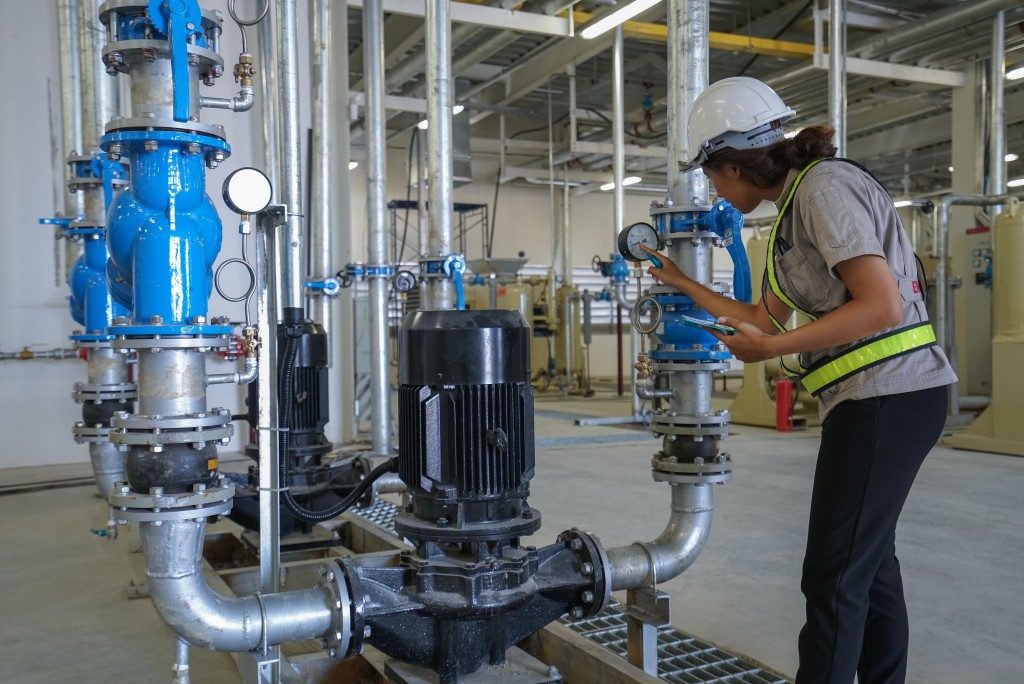Piping systems are essential in all manmade structures for housing, whether for residence or work purposes. These are networks of multiple components, including pipes, valves, and fittings for carrying and transferring fluids.
A common example is the plumbing assembly that supplies water in homes. Other more complex types are those installed for industrial use, such as milk piping system for dairy production, oil piping for the processing of oils in a refinery, and paint piping for the manufacturing of paint.
However, just like any part of an infrastructure, the designing and construction of a piping system require a systematic procedure and much planning. This includes determining what type of materials to use for its components.
Below, we’ll discuss several questions that piping engineers need to ask themselves to figure out what materials are best suited for the piping systems they are going to install.
What kind of fluids will pass through the system?
As stated, different piping systems have their own distinctive uses in varying industries. Thus, they also handle different types of fluids. Accordingly, the type of fluid that will be carried and transferred in the system directly affects the selection of materials.
For instance, galvanised steel causes internal rusting, which is why it’s not ideal to be used in plumbing networks that supply water. Another example is black iron, which is only used for gas and never for handling fluids.
Cross-linked polyethylene, on the other hand, can carry both hot and cold water. However, according to environmentalists, they can potentially cause contamination.
As for copper, this material is durable, heat tolerant, recyclable, and doesn’t pollute water. Another versatile material is high-density polyethylene (HDPE), a light synthetic polymer that is non-toxic and like copper, can be used safely for carrying water. Its high level of permeability makes it appropriate for high-pressure pipelines, which is why sets of HDPE pipes and compression fittings are used widely in geothermal piping and other specialised applications.
What are the established budget and set the duration of the project?
The established budget also influences the type of material to be chosen as some are more expensive than others. For example, stainless steel is more costly than copper. Accordingly, working within a budget is ideal, but the quality should never be compromised. Therefore, it’s best to explore different options to select the most suitable but cost-effective material.
Another important consideration is the set duration of the project. For instance, if the piping system needs to be installed in a short period of time, the recommendation is to opt for flexible and light materials that don’t require much manpower or the use of elaborate equipment.
An example is HDPE pipes, as they don’t need flames for fitting and joining. Another example is polyvinyl chloride or PVC, as pipes derived from this material are inexpensive and easy to work with. However, what you should avoid is cast iron because although it is durable, it’s heavy.
Are there any regulations in the area that influence the selection of materials?

In certain states and cities, there are regulations that impact the building materials to be used in construction projects. Most of these standards are established to promote the use and purchase of environmentally sustainable products.
While piping systems are often not affected by these regulations, other aspects that are connected to piping such as the construction chemicals and coatings may influence the selection of materials of the pipes, fittings, and valves. Accordingly, it’s best to take such compatibility specifications into account in case the use of some materials is not allowable.
The installation of piping systems entails the proper selection of materials. When the right materials are used, people can be assured that the systems will be resistant to corrosion and damage, and thus, last longer.

